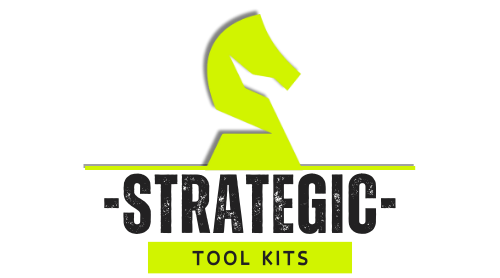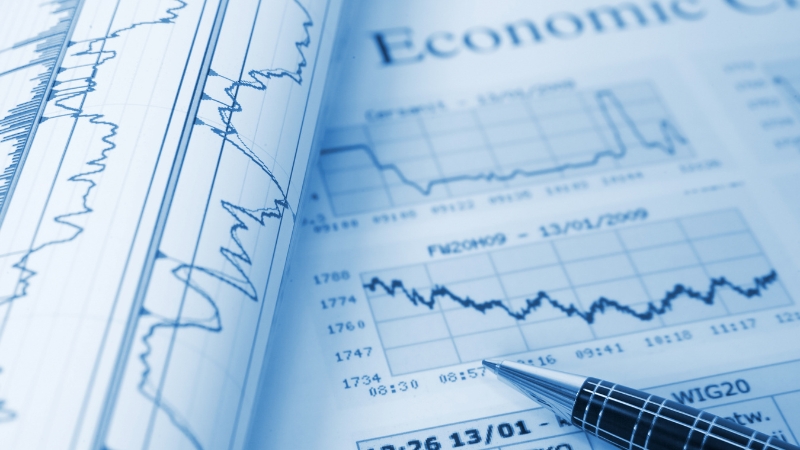Every thriving business has one force that keeps it alive and growing, its economic engine. It’s the mechanism that generates consistent, sustainable profit by aligning what a company does best with what the market truly values.
In strategic management, understanding your economic engine is like understanding how blood flows through the body of your business.
Without it, even great ideas, brands, and products eventually collapse under financial pressure.
The Core Idea: What Is an Economic Engine?
In simple terms, the economic engine is the financial driver that powers your entire business model. It’s the combination of activities, revenue sources, and value creation processes that allow your company to generate more money than it spends, sustainably and predictably.
Think of it as the answer to three key questions:
This concept became widely known thanks to Jim Collins in his book Good to Great. He introduced it as one of the three components of the Hedgehog Concept, alongside passion and capability.
“The economic engine is the single denominator that best drives your economic success.”, Jim Collins, Good to Great.
It’s not just about making money; it’s about knowing how you make money most efficiently and why that engine is sustainable over time.
How the Economic Engine Works
Every company earns revenue, but not every company knows what truly drives its growth. The economic engine focuses on what element of your model creates disproportionate results, the lever that scales profit faster than cost.
Component
Question It Answers
Example
Revenue Mechanism
How do we make money?
Subscriptions, product sales, licensing, ads
Cost Structure
What are our biggest expenses?
Manufacturing, logistics, R&D
Profit Driver
Which variable most influences profit?
Margin per customer, utilization rate, and occupancy
Scaling Logic
How does growth increase profit instead of cost?
Network effects, automation, brand equity
In essence, your economic engine connects value creation to value capture. It translates your strategic strengths, innovation, customer relationships, and operational efficiency into measurable financial outcomes.
Identifying Your Economic Engine

Defining your economic engine means finding your economic denominator, a simple, quantifiable measure that shows whether your business is performing at its best.
Jim Collins suggests that great companies identify a single economic metric that reflects their success, such as:
Finding Your “Profit per X”
Company Type
Economic Denominator
Explanation
Airlines
Profit per available seat mile
Measures efficiency in seat utilization
Retail chains
Profit per store
Balances location cost with revenue potential
SaaS company
Profit per subscription
Captures the recurring value of loyal users
Logistics provider
Profit per shipment
Reflects operational efficiency
Consulting firm
Profit per consultant
Balances workload, billing rate, and capacity
Hotel chain
Profit per available room (RevPAR)
Measures pricing, occupancy, and yield management
Your “X” becomes the core of your business strategy. It guides pricing, hiring, investment, and innovation decisions.
How to Build or Strengthen Your Economic Engine

Building a durable economic engine is a long-term process. It requires clarity, discipline, and alignment across every part of the organization.
Step 1: Identify the Core Value You Provide
Ask yourself what customers are truly paying for: convenience, trust, quality, speed, or experience. Your economic engine must center on that value driver.
Step 2: Simplify and Focus
Don’t chase multiple revenue streams too early. Find one key metric that matters most. Companies often fail because they diversify before optimizing their core driver.
Step 3: Link Value to Profitability
Ensure that creating more value for customers also strengthens your bottom line. If customer delight doesn’t improve your unit economics, your engine isn’t aligned.
Step 4: Build Systems That Scale
Invest in automation, partnerships, or technology that allows your profit engine to scale without costs rising at the same pace.
Step 5: Reinforce with Feedback Loops
Track how your key metric behaves under stress, economic downturns, new competitors, or tech changes, and adapt to protect long-term viability.
Real-World Examples of Economic Engines
Let’s look at how different companies have built distinct and effective economic engines.
1. Netflix – Subscription-Based Recurrence
View this post on Instagram
Netflix’s economic engine runs on monthly subscriptions. Instead of relying on unpredictable ad revenue or one-time sales, Netflix focuses on recurring payments from a loyal user base.
Key Driver
Subscriber retention rate
Why It Works
Predictable cash flow enables heavy content investment
Performance Outcome
Scalable profitability and market dominance in streaming
Their “profit per subscriber” metric determines everything, from how much they spend on content to how they price regional plans.
2. Toyota – Efficiency and Volume Balance
Toyota’s engine revolves around profit per vehicle, supported by the Toyota Production System, a world-class model of lean manufacturing and process efficiency.
Key Driver
Cost per vehicle vs. quality output
Why It Works
Lean operations create high quality at low cost
Performance Outcome
Global competitiveness and consistent margins across markets
Toyota’s continuous improvement philosophy (kaizen) ensures that scaling production doesn’t sacrifice profitability.
3. Starbucks – Experience Multiplied by Scale
Starbucks doesn’t just sell coffee; it monetizes a feeling, the “third place” between home and work. Its economic engine is built around profit per store, achieved through a mix of premium pricing and emotional value.
Key Driver
Average ticket size per customer visit
Why It Works
A globally recognizable brand allows pricing power
Performance Outcome
Strong same-store growth and loyalty-driven revenue
Even when costs rise, the emotional loyalty of Starbucks’ customers keeps its economic engine resilient.
4. Amazon Web Services (AWS) – Utilization Efficiency
Start / Stop AWS EC2, will be charged as an hour per time. Clicking cash generator! -> https://t.co/GjxRpNwBPq
— Chanun (@chanunc) March 10, 2017
AWS’s economic engine centers on profit per computing unit (per instance-hour). The more efficiently it utilizes its cloud infrastructure, the higher the margins.
Key Driver
Server utilization rate
Why It Works
Scale lowers unit costs and increases recurring revenue
Performance Outcome
Massive profitability despite price cuts
This efficiency-driven economic engine turned AWS into Amazon’s most profitable division, powering much of the company’s innovation budget.
5. Southwest Airlines – Simplicity and Scale
Southwest’s success comes from an economic engine built around profit per flight. It simplified its operations, one aircraft type, short-haul routes, and quick turnarounds, to keep costs down while maximizing aircraft use.
Key Driver
Cost per available seat mile
Why It Works
High utilization and operational simplicity
Performance Outcome
Decades of profitability in a tough industry
Unlike legacy carriers that chase premium services, Southwest’s focused economic engine thrives on low cost, efficiency, and volume.
Why the Economic Engine Is the Heart of Strategy

Every great strategy ties back to a clear economic engine. Without one, companies risk chasing growth that doesn’t translate into profit.
Here’s why it matters strategically:
Strategic Role
Impact on Business
Focus
Helps teams align around a single performance goal
Measurement
Defines success with clear metrics
Resilience
Builds financial discipline and efficiency
Scalability
Enables predictable growth
Investor Confidence
Signals long-term profitability and clarity
A good economic engine turns ambition into execution; it converts strategic intent into measurable economic outcomes.
Common Mistakes Businesses Make
- Chasing multiple “engines” at once, spreading energy too thin.
- Confusing revenue with profit, growth without margins is fragile.
- Ignoring scalability, not every revenue model can grow efficiently.
- Neglecting cash flow, the timing of income vs. expenses matters more than totals.
- Failing to evolve, what powers your business today might not tomorrow.
Final Thoughts

Your economic engine is not just an accounting figure; it’s the living system that defines how your business survives, scales, and sustains itself. It connects vision to value, and value to profit.
The best companies, from Amazon to Toyota, have mastered theirs by focusing relentlessly on the single economic metric that matters most.
To build your own:
Because in the end, your strategy is only as strong as the engine that keeps it moving forward.

